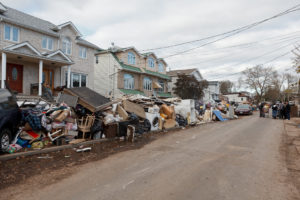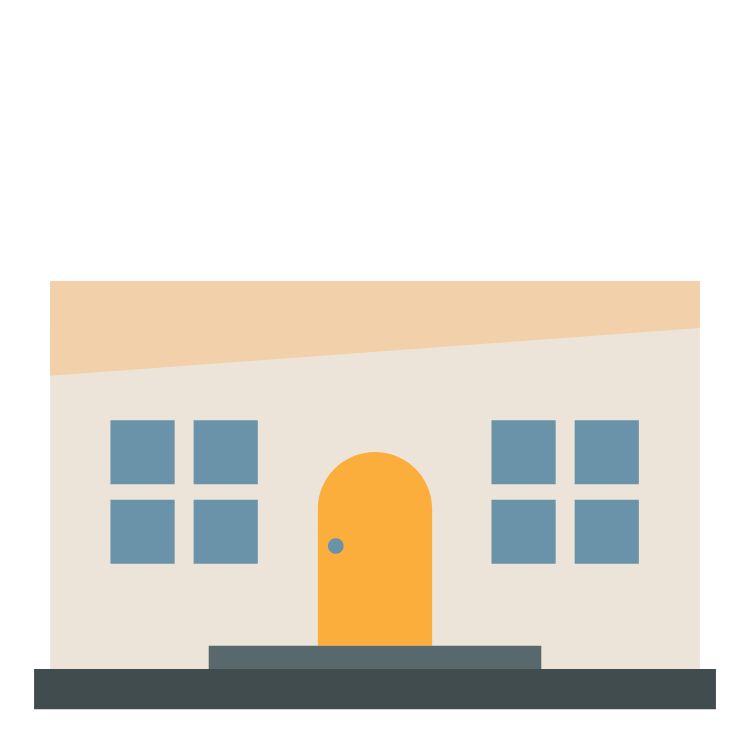What Hurricanes Were Like in Prehistoric Times
Inquisitive minds have long pondered the origins and antiquity of hurricanes, prompting questions like “how long have hurricanes been around?” and “what was the first recorded hurricane?” To delve into this fascinating inquiry, we must consider the fundamental conditions required for hurricane formation.
How Does A Hurricane Get Started?

For a hurricane to take shape, two critical elements must converge. Firstly, a weather disturbance, often in the form of a thunderstorm, is necessary to draw in warm surface air from all directions.
Secondly, the ocean’s surface temperature must reach at least 80°F (27°C). Uniting these prerequisites, it becomes evident why hurricanes tend to frequent Earth’s warmer regions. But this leads us to an intriguing exploration into the historical record of hurricanes, dating back to the very first recorded hurricane.
Scientists, known as Paleotempestologists, dedicated to the study of prehistoric storms, have embarked on an extraordinary quest to unravel the mysteries of ancient hurricanes. Their methodology involves the extraction and meticulous analysis of sediment core samples procured from shorelines across the globe. These samples unveil the secrets of prehistoric hurricanes, which, astonishingly, far surpassed their modern counterparts both in terms of strength and frequency.
By scrutinizing these sediment layers, experts discern variations in weight, thereby identifying periods of tranquility versus the arrival of major prehistoric storms. These ancient hurricanes wielded such power that they could dislodge sand from the depths of bodies of water, depositing it onto the shorelines. A fascinating chronological insight emerges from this process, revealing a history of tempests that predate human documentation.
What Have We Learned From This Research?
The climatic context of the past is a crucial factor in understanding the historical prevalence of these potent hurricanes. During prehistoric epochs, the Earth’s average temperature was notably higher than it is today.
This warmth extended even to places we now consider frigid, such as Antarctica. In those ancient times, palm trees flourished across its landscape, and the temperature oscillated between a high of approximately 77°F during summer and a low of just 50°F in the dead of winter. This elevated global temperature significantly elevated sea surface temperatures, one of the essential components for hurricane formation. Coupled with the requisite meteorological conditions, this warmer sea surface contributed to the genesis of considerably larger and more devastating storms.
In a remarkable example off the Massachusetts coast, researchers uncovered a remarkable historical pattern. Over a span of a thousand years, beginning in 150 AD, the Northeastern USA bore the brunt of over 20 major storms, each of which left its distinctive layers of heavy sand on the region’s shores.
To put this into perspective, Hurricane Sandy, a well-documented storm that wreaked havoc on New England in 2012, appears minor in comparison to these ancient tempests. In fact, it left no trace on these same shorelines.
How Can We Plan For Future Weather Events?
The significance of understanding this historical hurricane data transcends mere curiosity. It serves as a powerful tool for predicting and preparing for future weather events. Armed with knowledge about Earth’s historical weather patterns, we enhance our ability to brace for the “Next Big Hurricane.”
This is crucial for preventing the widespread casualties and property damage that have been the grim aftermath of recent major storms. The history of ancient hurricanes, including the first recorded hurricane, provides us with essential lessons in safeguarding lives and property against the relentless forces of nature.
For those seeking more in-depth insights into the intriguing realm of Prehistoric Hurricanes and the origins of these powerful tempests, learn more: Top 10 DEADLIEST Hurricanes of ALL TIME!
Protect Your Home From Hurricanes
The best way to protect your home from hurricanes is with hurricane windows, doors and stormproof roofing. In addition to hurricane protection, these upgrades improve curb appeal, add value, efficiency and can your electric bill. To learn more about what options may be best to safeguard your home, contact us today for your Free Quote.




